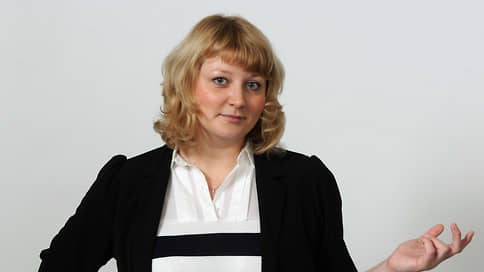Anna Zanina on psychological arguments in subsidiary disputes
[ad_1]

Just when everyone seemed to be accustomed to disputes about subsidiary liability for bringing a company to bankruptcy, a new argument appeared in them – about the mental state of the defendant.
The bankruptcy trustee of the Military Industrial Bank (VPB) demanded that former top managers be brought into the subsidiary, including the chairman of the board, against whom a criminal case had previously been opened due to the loss of documentation. The crime was proven, but the head of the VPB was not brought to criminal responsibility, since a psychiatric examination declared him insane due to a number of diseases, including “organic affective disorder.”
For the same reason, the arbitration court released the top manager from the subsidy, although it recognized the fact of the withdrawal of assets. Most of the other “tops” were also not punished, but only two were involved, who, in addition to the chairman of the board, directly signed contracts. But the appeal decided that the fact of insanity was proven only for the episode with the storage of documents in 2016, but not for transactions for the withdrawal of assets from 2014. “The conclusions of the examination concerned the period starting from 2013,” the cassation clarified and supported the first instance.
The other day, the psychological thriller reached the Supreme Court (SC), which described the outcome of the case as a “paradoxical situation.” “The board of directors who removed the assets of the bank” is not responsible for their actions, and other “tops” who knew about the transactions and did not react for years were also released, the Supreme Court noted. As a result, “responsibility for all illegal activities of the bank was assigned to two persons authorized to carry out transactions under the power of attorney of the insane chairman of the board.”
However, the Supreme Court clarified, insanity does not exist “indefinitely,” so it is necessary to find out whether the head of the bank had a mental disorder during the period of transactions, whether he was registered with the PND and whether he was in “stable remission.” It would be worthwhile to determine “the reasons for the occurrence of such a condition,” the Supreme Court decided, sending the case for a new trial.
The argument about the innocence of the bankrupt manager due to his insanity is completely new for subsidiary disputes, lawyers say. They are surprised by the instruction to find out the reasons, as if any of them might be disrespectful. But what strikes lawyers most is the attitude of other top managers: “If a bank was run by a mentally ill person for a long time, how did he communicate with employees and with the Central Bank? Why didn’t shareholders and the board of directors raise questions about his removal and why didn’t anyone check where the billions were going from the bank?” In theory, their questions should be clarified by the courts in the sequel to this fascinating drama.
[ad_2]
Source link





